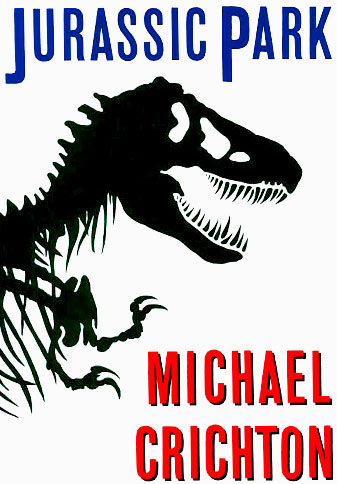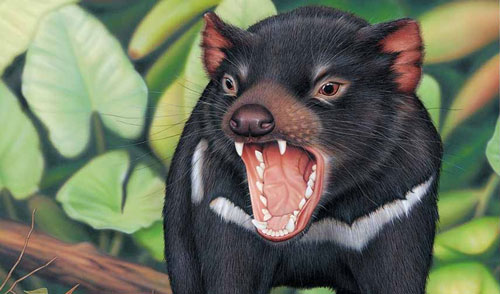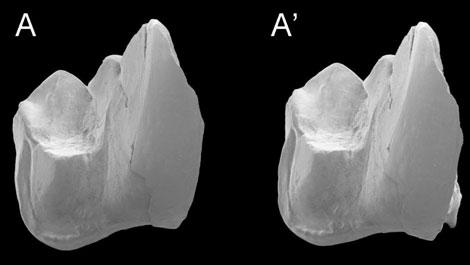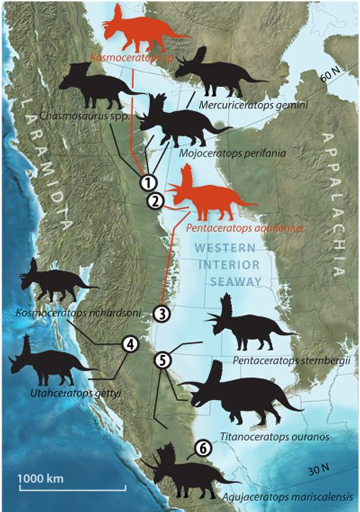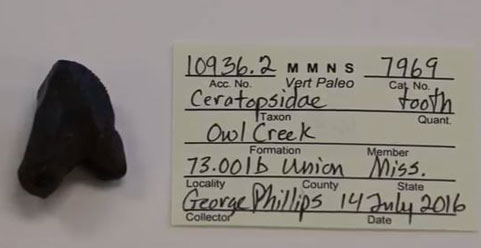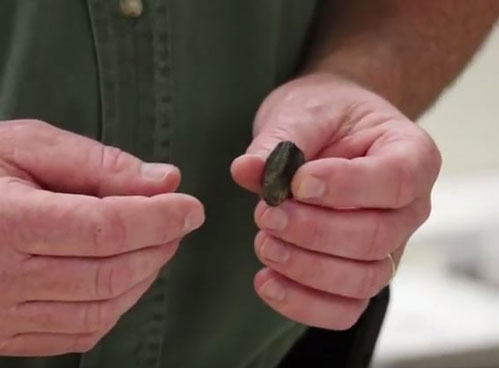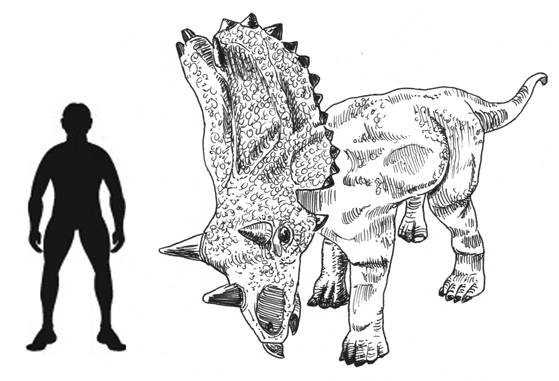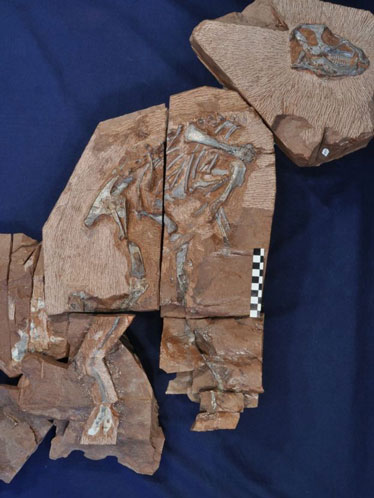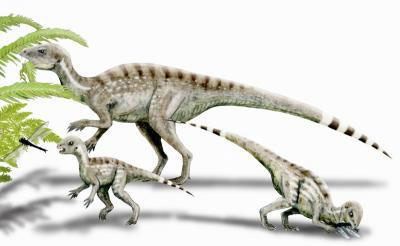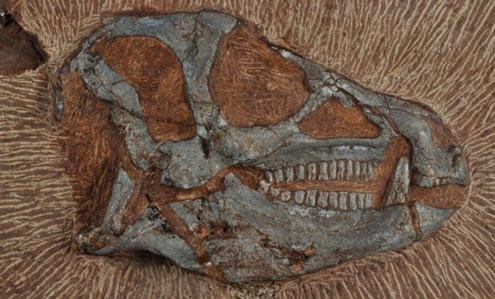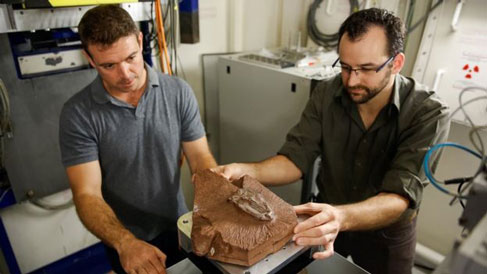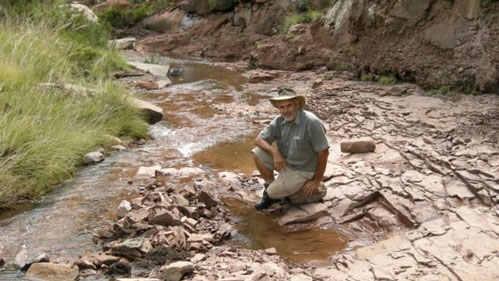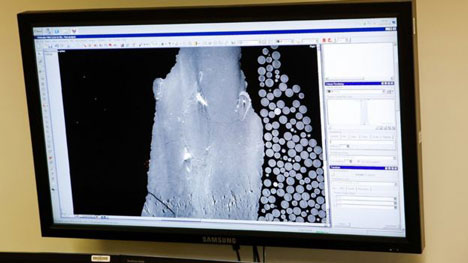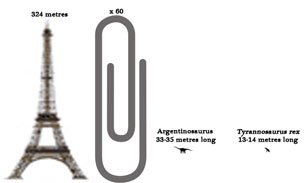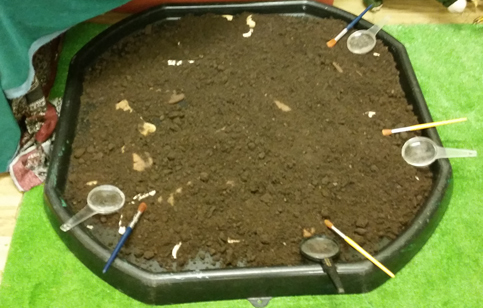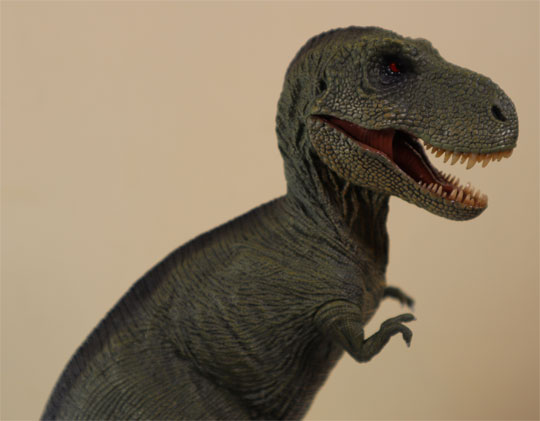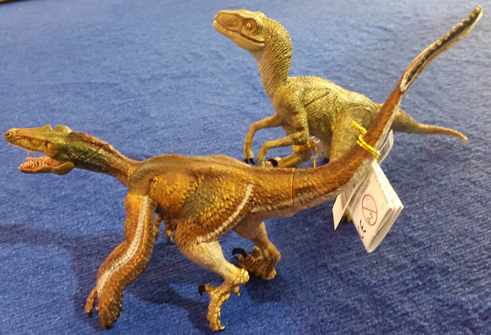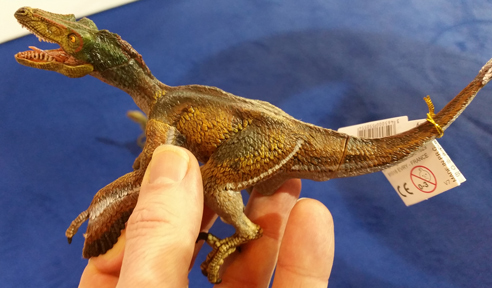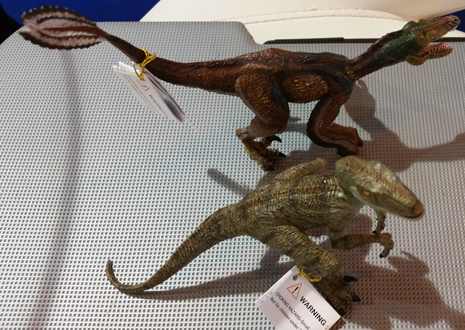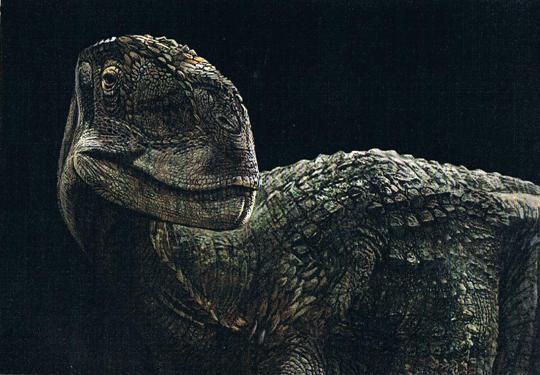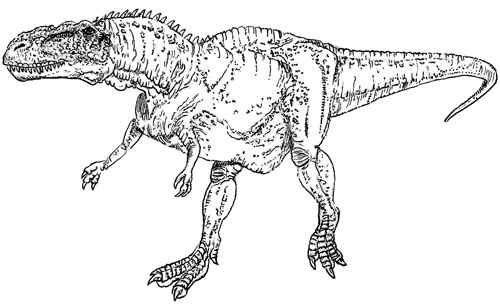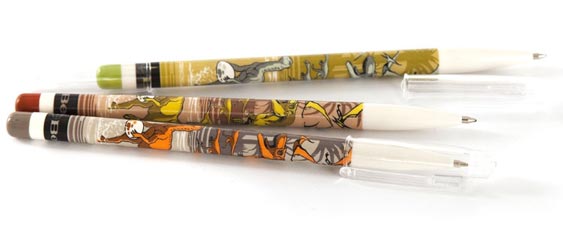Temperature Spikes Point to Two Events Causing End Cretaceous Mass Extinction
A study of the fossilised shells of several species of bivalves that existed towards the end of the Cretaceous suggests two distinct phases of global warming occurred that instigated mass extinctions.
Scientists have debated how much of an impact the eruption of the Deccan Traps in India had on the mass extinction event that caused the extinction of the dinosaurs along with about seventy percent of all terrestrial animals. Much of the difficulties surrounding this debate concern the separating of the consequences of the extensive volcanism from the devastation caused by the Chicxulub impact event.
Deccan Traps and the Chicxulub Impact Event
Approximately sixty-six million years ago, a massive extra-terrestrial body slammed into our planet in the Gulf of Mexico. This new research suggests that these two cataclysmic events combined to bring about the mass extinction.
The Location of the Deccan Traps (Flood Basalts)
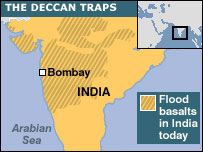
The location of the Deccan Traps (flood basalts).
Picture credit: Everything Dinosaur
Researchers from the University of Florida, in collaboration with colleagues at the University of Michigan examined the fossil record of a series of Upper Cretaceous bivalve shells, representing part of a mollusc biota that lived at depths of around 200 metres in a shallow marine environment that is represented by sequences of Maastrichtian faunal stage strata preserved on the Antarctic Seymour Island.
The Strata of Seymour Island
The Upper Cretaceous/Lower Palaeogene strata is particularly well suited for studying the end Cretaceous extinction event as the rocks here form a continuous sequence covering a time interval dating from around sixty-nine million years ago into the Palaeogene.
The abundant and well-preserved fossils of sea creatures are ideal study material and some understanding of the extinction process and its selectivity can be gained as several genera represented in the fossil record survive across the Cretaceous-Palaeogene boundary (K-Pg).
Cretaceous Extinction Event – Extra-terrestrial Impact
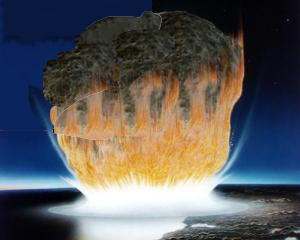
A contributory factor in the mass extinction?
Using a New Technique to Plot Temperature Spikes
Geochemist Andrea Dutton (University of Florida), working with Sierra Petersen and Kyger Lohmann (University of Michigan), used a new analytical technique to establish sea temperatures in the Antarctic towards the end of the Cretaceous and into the Palaeogene. Their analysis, published in the journal “Nature Communications”, supports the idea of the combined effects of excessive volcanism on the Indian sub-continent and the Chicxulub impact brought about the mass extinction event.
A spokesperson from Everything Dinosaur commented:
“It’s a double whammy for the end Cretaceous. Two distinct ocean temperature spikes as a result of these two events. Such temperature variations at high latitudes indicate a huge change in global climates, these would have most definitely resulted in extinctions and the stratigraphic record of Seymour Island provides the most conclusive evidence yet.”
Clumping Isotopes of Carbonates
The team used a new analytical technique called carbonate clumped isotope palaeothermometer to study the chemical composition of twenty-nine fossil bivalve shells, from a sampling set of one hundred and sixteen. A total of five species of bivalve were studied (Lahillia larseni, Cucullaea antarctica, Cucullaea ellioti, Eselaevitrigonia regina and Nordenskjoldia nordenskjoldi).
The analysis shows that ocean temperatures rose approximately 14 degrees Fahrenheit, and links these measurements to two previously documented warming events that occurred near the end of the Cretaceous Period, one related to volcanic eruptions in India (Deccan Traps), the other, related to the Chicxulub impact on the Yucatan Peninsula of Mexico.
Studying Fossilised Shells
The isotopic composition of the fossilised shells provided a map of the ancient temperatures at high latitudes spanning some 3.5 million years, covering the crucial end Cretaceous (Maastrichtian faunal stage and into the Palaeocene (Danian faunal stage). Whilst a graduate student at the University of Michigan, Andrea Dutton studied the palaeoclimate of Seymour Island
At the time, existing analytical techniques determined combined signals of salinity and temperature fluctuations over geological time but the salt-water effect could not be isolated providing temperature increases/decreases as a single determinant factor. Clumped isotope palaeothermometery allows the effect of temperature changes to be isolated.
Clumped Isotope Palaeothermometery
Assistant Professor Dutton explained:
“Now, years later, everyone is using this new tool called clumped isotope palaeothermometery, which is a bit different than the traditional method. This technique is only a function of temperature. Salinity has nothing to do with it. We’re looking at the clumping of oxygen isotopes rather than the relative amount of oxygen isotopes in the shell, and this is helping us re-interpret the data.”
Two Significant Temperature Spikes Coinciding with Catastrophic Events
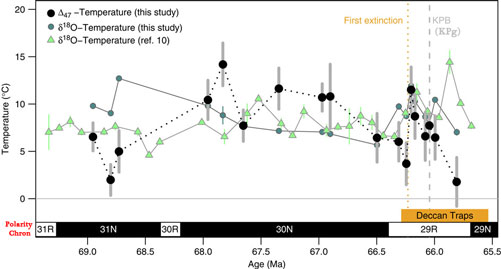
Sea shells provide clues to Cretaceous extinction event.
Picture credit: Nature Communications
Two Distinct Temperature Spikes
The data show two significant temperature spikes. The first corresponds to the eruption of the Deccan traps flood basalts. The other lines up exactly with the proposed date for the extra-terrestrial impact. Just to make matters worse for life on Earth at the time, the Chicxulub event may have led to a renewed phase of volcanism on the Indian sub-continent. Both events are directly linked with extinction events recorded in the fossil record of Seymour Island (decrease in faunal biota).
To read a recently published article on a study of the marine fossils of Seymour Island and the consequences with regards to the mass extinction event: Global Catastrophe Caused End Cretaceous Extinction.
The Cretaceous/Palaeogene (K-Pg) Boundary
There is a physical boundary preserved in the geological record of our planet known as the Cretaceous/Palaeogene boundary (K-Pg), the “K” represents the Cretaceous, it comes from the German word for chalk “kreide”, “Pg” is the traditional abbreviation for the Palaeogene Period. It is represented by a thin band of iridium rich rock. Iridium is a rare Earth element associated with asteroids, meteorites and comets, this suggests an extra-terrestrial impact event contributed to the Cretaceous extinction event.
The Cretaceous/Palaeogene Boundary (K-Pg)
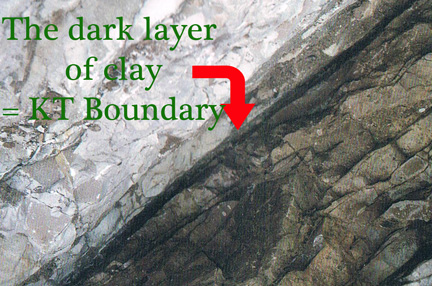
Marking the end of the Cretaceous.
Picture credit: Open University/Everything Dinosaur
K-T boundary = Cretaceous/Tertiary boundary also referred to as the K-Pg boundary.
Andrea Dutton added:
“We have evidence on this site on Seymour Island in Antarctica that climate change is linked to both of these extinction events, right before the boundary and right at the boundary. If you look at what types of species that went extinct during the first extinction pulse, they’re different than the types that went extinct during the second pulse.”
Assistant Professor Dutton continued:
“That indicates that it may have been a different kill mechanism for those two different extinction pulses. It’s quite likely both the volcanism and the asteroid were to blame for the ultimate mass extinction. The Deccan Traps weakened the ecosystems before the asteroid slammed into the Earth. It’s consistent with an idea called the press-pulse hypothesis: a ‘one-two punch’ that proved devastating for life on Earth.”
The published paper also refers to variability in shell composition that indicate a potential reduction in seasonality after the Deccan eruptions commenced, continuing through to the Chicxulub event. Species extinction recorded at Seymour Island occurred in two pulses, these coincide with two observed global warming events, directly linking the end Cretaceous extinction at high latitudes to both the Deccan Traps and the extra-terrestrial impact.
To read an article the suggests the dinosaurs were in decline some fifty million years before they finally became extinct: The Fifty-Million-Year Decline of the Dinosaurs.
An Explanation of Polarity Reversals with the Earth’s Magnetic Field
Assisting the dating of the geological timescale is the science of magnetostratigraphy. Periodically, the polarity of Earth’s magnetic field is reversed. Iron rich minerals within strata align themselves with the prevailing magnetic field during formation. By combining the polarity of these minerals with radiometric dating methods, geologists have produced a timescale of these magnetic reversals – the polarity chron.
The Polarity Chron Helps Chart Geological Deep Time
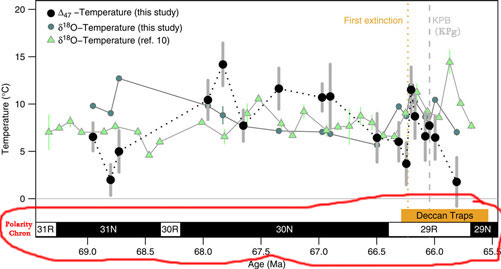
Magnetostratigraphy helps to chart deep time.
Picture credit: Nature Communications with additional notation by Everything Dinosaur
The Polarity Chron
The polarity chron (sometimes simply referred to as the chron), is the time interval between polarity shifts in the Earth’s magnetic field. The switching of polarity is highly variable, on average they seem to occur every 200,000 years or so, but the last one took place more than three-quarters of a million years ago.
Why they occur has not been fully explained, but it is believed that the molten nickel and iron core at the centre of the Earth occasionally produces vortexes that persist long enough for a polarity reversal to take place as a result of the electromagnetic fields that they generate. Polarity chrons are numbered in order starting from today and increasing retrospectively as we go further back in time. Each number has two phases “N” for normal field and “R” to represent the reversal of that field, hence in the diagram above the ringed area labelled 31R through to 29N.
Visit Everything Dinosaur’s award-winning website: Visit Everything Dinosaur.


